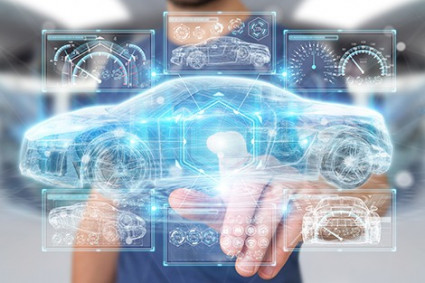
An OHV engine is a type of internal combustion engine that uses a high-revolution-speed camshaft to keep the crankshaft rotating at a high speed. The crankshaft turns at a high speed because it has two or more crankshafts that rotate in opposite directions. This allows the pistons to move back and forth between their cylinders, which delivers fuel and air into them.
The OHV engine also has more than one cylinder per cylinder bank with several connecting rods that move between the cylinders. This allows for more power to be produced from each cylinder than an IHV engine can produce, but it also requires more complex designs with longer connecting rods and larger valves.
Its a type of internal combustion engine
An OHV engine is a type of internal combustion engine that uses a spark plug to generate the necessary high voltage needed to ignite the fuel/air mixture. The high voltage generated by the spark plug is transferred to the cylinder walls, causing them to heat up and burn the fuel/air mixture.
A typical OHV engine has an air intake valve and two exhaust valves, but there are other variations in design. The main difference between OHVs and other engines is that they have a high compression ratio and relatively few moving parts (compared to an Otto cycle engine).
OHV engine is a four-stroke engine
An OHV engine is a four-stroke engine that has a flywheel to smooth out the power. The engine has two pistons in it, one on top and one on bottom, which are connected by a connecting rod. As the piston moves up, it pushes against the top of the cylinder. When it moves down, it pushes on the bottom of the cylinder. Rent OFV cars from amex car rental uae now.
The OHV engine uses no valves to open and close. Instead, there are two ports on either side of the cylinder; when one port opens, gas flows into the cylinder, when another port opens, gas flows out of it.
FAQ
1. What is an OHV engine?
An OHV engine is an internal combustion engine that has a water cooled engine block, meaning liquid coolant circulates through the engine’s cylinders. The coolant is to prevent overheating and premature wear on the parts of the engine that are exposed to high temperatures.
2. How does an OHV engine work?
OHV engines use a spark plug and compression stroke (which occurs after fuel is injected into the cylinder) to ignite fuel within the cylinder. As it burns, this heat causes more fuel to be injected and burned, creating more power while also cooling down the combustion chamber so that it doesn’t overheat too quickly.
Pros:
-Smaller size means they can fit into tighter spaces than larger engines
-Less power means they don't need as much maintenance or repair
Cons:
-Less power means you'll need to be careful when driving over bumps and curves, since more force is needed to accelerate
Pros:
Low operating costs due to lack of moving parts and simple design
Easy to maintain (can be done without special tools)
Cons:
Heavyweight compared to other internal combustion engines
Pros of OHV Engines:
They are light, compact and simple to use.
They are inexpensive and easy to maintain.
Cons of OHV Engines:
They produce high levels of emissions which can cause emission control problems.
Air-fuel mix into combustion
An OHV engine has one or more magnetically levitated rotors (rotor magnets). Unlike a traditional piston-driven engine that requires a crankshaft, the rotor magnets are suspended from a shaft. As you crank the shaft, the rotor magnets move up and down to spin the air-fuel mix into combustion. The advantages of this design include:
- Simplified mechanics—there are no pistons or valves to worry about.
- Reduced weight—the rotating weight is distributed over a larger area than a conventional piston engine. This means less mass in each cylinder, which reduces friction losses.
- More power from less fuel—the maximum power output increases with each reduction in size of the motor.


